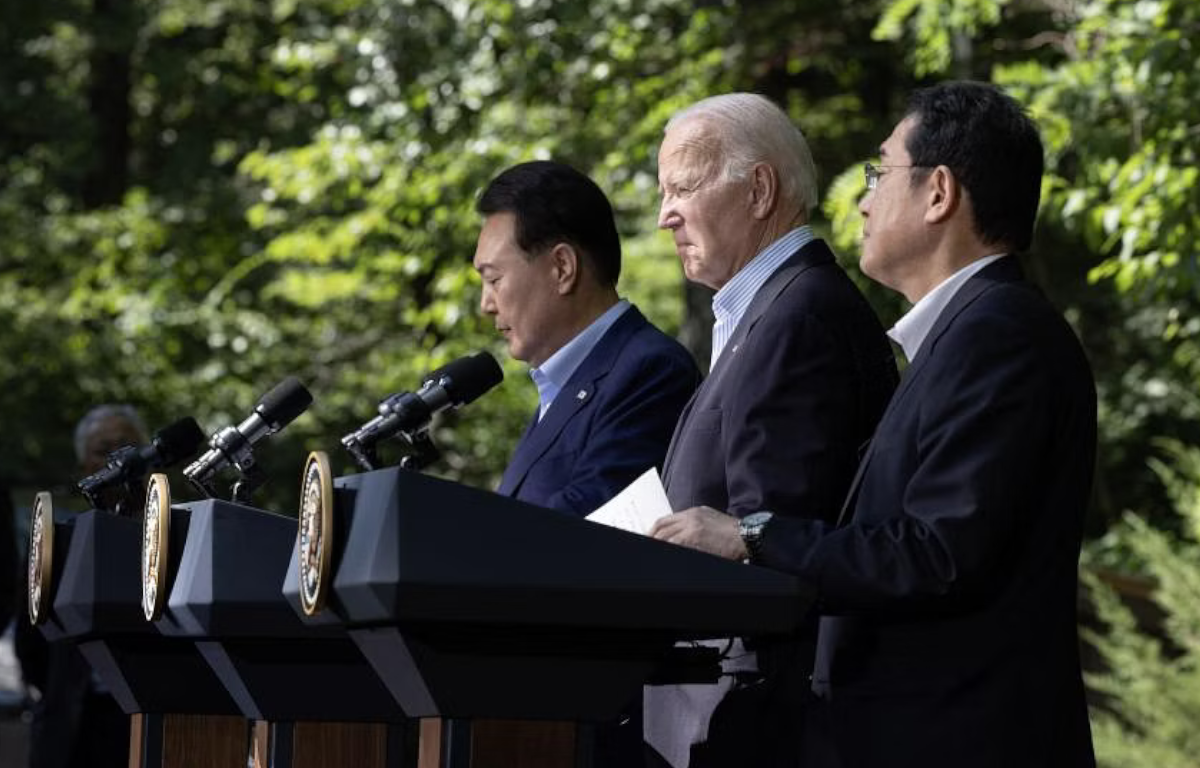
The new map released by China provides a comprehensive view of its territorial assertions, ranging from the South China Sea to its western borders. Notably, this updated cartographic representation reaffirms China’s claim over the South China Sea islands, an area rich in natural resources and a key maritime trade route. The disputed nature of these islands has led to tensions with neighboring countries and prompted concerns among global maritime powers.
The South China Sea, a region dotted with a network of islands and rich fishing grounds, has been a focal point of international disputes. China’s assertion of sovereignty over the entire South China Sea, as depicted in the new map, has been met with opposition from several nations, including Vietnam, the Philippines, Malaysia, and Taiwan, who also claim various portions of this strategic maritime zone.
These territorial disputes have not only strained diplomatic relations but have also led to increased military presence in the region. The release of this map further solidifies China’s position and complicates ongoing efforts to find a peaceful resolution.
The unveiling of this map reverberates beyond the borders of China. It serves as a symbolic representation of China’s expanding influence and assertiveness on the global stage. This move has prompted concerns among neighboring countries and raised questions about the potential for further geopolitical tensions.
While China maintains that its territorial claims are grounded in historical evidence, critics argue that these assertions disregard international law and established norms. The release of this map also coincides with increasing global scrutiny of China’s human rights records and trade practices, contributing to a more complex diplomatic landscape.
In the face of these new developments, the international community faces the challenge of striking a delicate balance between asserting territorial sovereignty and fostering diplomatic dialogue. Multilateral forums and mechanisms that encourage open communication and negotiation will be pivotal in managing these complex territorial disputes.
It is worth noting that historical disputes and claims have the potential to impact not only regional stability but also global trade routes and economic dynamics. Therefore, finding common ground and mechanisms for peaceful resolution remains an urgent priority.
Conclusion
The release of China’s new official map showcasing its territorial claims marks a significant moment in international geopolitics. As nations grapple with the complex task of preserving sovereignty while engaging in productive dialogue, the importance of diplomacy and adherence to international law cannot be overstated. The map serves as a visual representation of China’s assertiveness, yet its implications extend far beyond the realms of geography, influencing diplomacy, trade, and regional stability. In the midst of these challenges, the global community watches with a keen eye, hopeful for resolutions that prioritize peace and cooperation over conflict.










Share this: